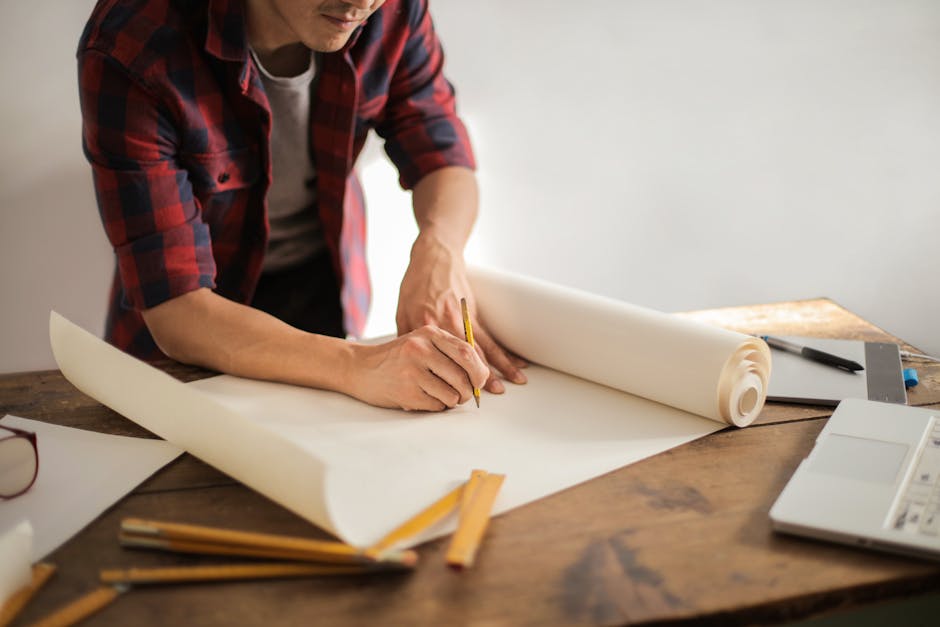 Checking out the Art of Aircraft Paint: Strategies and Tips
Checking out the Art of Aircraft Paint: Strategies and Tips
Plane paint, the technique of using paint straight to aircraft, is both an artistic expression and a technological endeavor. From industrial airliners to exclusive jets, each aircraft offers an unique canvas for aviation professionals and artists alike. The process not only adds to the aesthetic appeal of airplanes but also plays a critical role in preserving their architectural stability and improving visibility. In this post, we will explore the techniques, devices, and factors to consider associated with the art of airplane painting.
The primary step in plane painting is surface preparation. Preparing the aircraft’s surface is crucial for making certain that the paint sticks appropriately. This includes cleaning up the surface to get rid of dust, oil, and old paint. A meticulous examination is also performed to recognize any kind of corrosion or damages which need repair service. Specialist painters usually employ sandblasting or chemical stripping to prepare the surface, guaranteeing that it is smooth and free of blemishes. Appropriate prep work prevents peeling and advertises the long life of the paint task, showcasing the relevance of this initial stage.
As soon as the surface area is prepared, the painter selects the best type of paint. Different types of paint are utilized in air travel, typically included polyurethane or epoxy formulations that supply resilience versus ecological elements. The choice procedure takes into consideration aspects such as weight, wind resistant homes, and even regulative conformity. In addition, modern developments in aeronautics paints have actually brought about the advancement of lighter and a lot more fuel-efficient alternatives, allowing aircraft to execute much better while reducing operational costs. Understanding the specs and performance of each paint kind is essential for achieving a successful surface.
Application strategies play a substantial function in airplane painting. Experts primarily utilize spray guns for a remarkable surface, permitting regular and also insurance coverage. Some painters may choose traditional hand-painting strategies for more complex styles, especially when it comes to customized art or branding. Each layer of paint have to be very carefully applied, commonly calling for several layers to accomplish the desired color and luster. Additionally, safety and security methods need to be followed rigorously, including the use of individual safety equipment and ensuring proper air flow in spray booths to lessen dangers throughout the paint process.
Finally, after the paint procedure is full, quality checks and last evaluations are required to guarantee a job well done. The finish should not just look great but also fulfill safety and regulatory criteria. Factors such as paint density, smoothness, and total look are evaluated. This comprehensive examination guarantees that the airplane fulfills both visual wishes and security needs prior to it goes back to the skies. Inevitably, aircraft painting is not nearly improvement; it is an essential aspect of airplane upkeep that safeguards the lorry and improves its operational efficiency.
Finally, aircraft painting is a complex blend of creativity and practicality. From surface area prep work to the last evaluation, every step needs ability, interest to detail, and an understanding of products. As aeronautics innovation continues to advance, so too does the art of airplane painting, integrating brand-new methods and materials that focus on both efficiency and aesthetics. Whether it is for industrial requirements or individual enthusiasm, the process offers an interesting opportunity for creativity in the aeronautics market.